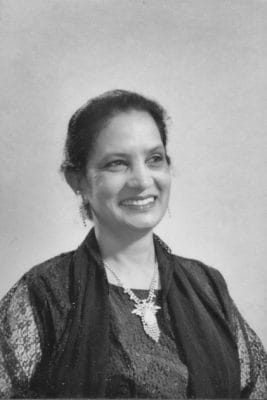Business, Pure Punjabi
Pure Punjabi…where did it all start?
Pure Punjabi…Where did it all start?
Increasingly, the old-fashioned ways have disappeared and to find home-made garam masala, tandoori dishes and all manner of home-cooked Indian food, you need to be in an Indian household.
Traditionally, when Indian girls were brought up, their mothers imparted them with all the essential know-how that they would need when they got married. These skills included a vast repertoire of culinary talents. Being able to impress your mother-in-law with your talents was of utmost importance. Therefore, being able to make yoghurt from scratch or to know the precise quantities of each type of masala were critical in your success as a daughter-in-law.
As many Punjabi newlyweds and families ventured abroad to try and offer their (future) children more opportunities, the emphasis turned from successfully impressing (future) in-laws to fighting to ensure that your new life was a success. Therefore, many Punjabi mothers wanted to ensure that their daughter were well equipped for their new lives in a new country. Due to this shift in priorities, from cooking, to education and financial success, many Indian mothers haven’t passed on these time-honoured traditions.
However, as the first of her brothers and sisters to flee the home country, our mother/grandmother, Seso Kaur, clung to what she knew. For her, passing on her knowledge and skills was a necessity, as she was still in the mindset of training Surinder to be a skilled daughter-in-law. Therefore, Surinder was taught all the exact spice blends, how to make a variety of dairy products including ghee, paneer (cottage cheese) and yoghurt, how to make all the traditional breads and an array of starters, mains and sweet Indian desserts – and let’s not forget a good cup of cha (tea)!
When Surinder had her own children, most unusually, she decided that, in addition to academic and financial achievement, she would pass these traditional skills on to the next generation (despite her upbringing being completely different to her mother’s). However, she did make a modern change to her methods…instead of teaching just her daughter, she taught her sons as well. Safia, and her brothers Samir and Arun, are extremely proud of their culinary skills and that they can be self-sufficient with their in-depth knowledge of Punjabi cuisine and not rely on shop bought products to create dishes.
Out of her three children, Safia gets the most enjoyment from cooking. She feels as though cooking Punjabi food and preserving these time honoured skills, preserves the memory of her late grandmother. There’s a sense of continuity in using the same pots and pans and using the same methods as the previous generations.










